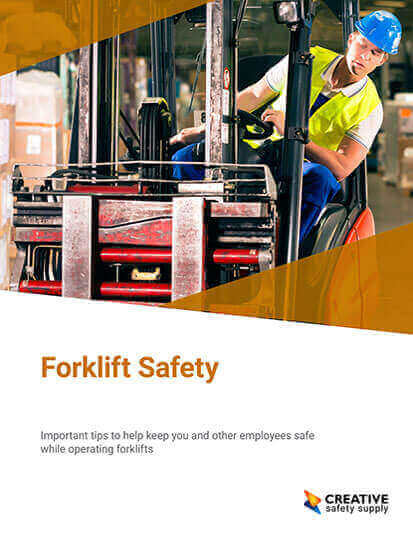
Although physical hazards tend to be the ones that are the least apparent, they are some of the most common so can lead to serious risks if not addressed. A physical hazard can be defined as anything which has the potential to cause bodily harm in the workplace, not always things that you can see. Some examples include exposure to radiation or harmful waves, loud noises, working in extreme temperatures, working at heights, or even having to work around faulty equipment or poorly maintained electrical.
Many of us are exposed to multiple physical hazards daily, so knowing how to identify them and prepare for them will keep risk to a minimum. As an employer, it is a duty to inform workers of the physical hazards they will encounter and incorporate new measures to allow a workforce to carry out their role safely. If something has the potential to cause physical harm, knowing how to manage this will not only prevent the risk of harm but align with industry health and safety regulations.
Common Physical Hazards To Prepare For
Trip hazards
Accidental trips can never be avoided completely but trip hazards are one of the most common causes of workplace injuries. Whether it be items left in walkways, wet floors, loose cables, or damaged flooring, many falls can be prevented. Taking simple steps to keep walkways clear of hazards will significantly improve workplace safety, not only minimizing injuries but preventing costly payouts from avoidable accidents. Many employers enforce sensible footwear among employees and implement measures such as suitable lighting and regular cleaning.
Fire hazards
Fire safety is widely understood among both employers and employees but it is common for precautions to slide which can result in costly mistakes. Standard preventative measures include having fire alarms and fire extinguishers installed throughout the building but further precautions are also needed. A backup power supply, a defined evacuation plan, and regular fire drills should all be familiar to everyone who works within the site so action can be taken in the event of an emergency. Poorly maintained equipment can quickly result in an electrical fire, risking both damages to the building, as well as risk to human life. As well as equipment, employees should be trained on health and safety measures, knowing how to handle machinery and what fire-resistant workwear is required where appropriate.
Electrical hazards
Electrical safety is one of the most basic health and safety requirements. An electrical accident can cause serious harm or even death, so prevention should be taken very seriously among employers. Live wires are a huge risk to life so it is paramount to maintain all electrical installations, carry out regular electrical assessments and ensure any faults are addressed immediately. For those working in roles that expose them to electrical hazards, the right equipment should be provided.
Space hazards
Working in confined spaces requires additional safety measures if people are required to work within tanks, pits, drainage systems, chambers, or other enclosed areas. Being dangerous working conditions that increase the risk of injury, training is essential for any employee who is expected to enter these spaces. Where possible, entering confined spaces should be avoided, but where necessary, safety precautions should be followed which include wearing the necessary safety equipment, carrying out checks, and ensuring contact is maintained whilst working in confined areas.
Chemical hazards
From cleaning products and gasoline to dangerous fumes and carbon monoxide, a chemical hazard can be defined as anything that has the potential to cause harm to the human body. If chemicals come into contact, the risks can range from skin irritations and dizziness to burns, blindness, or even death. Chemicals should be safely stored at all times and those who are using them within their role should be trained on how to correctly use, store, and dispose of the products safely. As an employer, it is a duty to provide sufficient training, protective clothing, and the correct storage conditions.
Noise hazards
Loud sounds pose a risk to hearing, especially if working around them for prolonged periods. Significant noises in the workplace can be caused by the use of heavy machinery, explosives, vehicles, or just noisy working environments which pose the threat of causing permanent hearing damage, whether that be suddenly or progressively. Employers must educate staff on the risk and implement precautions where needed, offering noise-canceling ear protectors if the noise reaches a harmful level.
Similar How-To's
- How to Avoid Shock Hazards
- How to Avoid Health Hazards
- How to Avoid Ergonomic Hazards
- How to Avoid Biological Hazards
- How to Avoid Chemical Hazards
- How to Prevent Fire Hazards
- How to Encourage PPE Use
- How to Encourage Safe Behavior
- How to avoid Common Equipment Labeling mistakes


